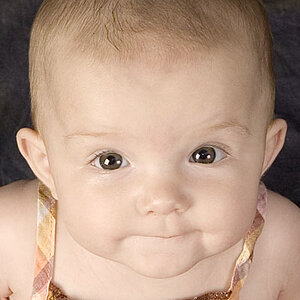unpopular
Been spending a lot of time on here!
Lytro has taken their light field technology and finally applied it to something useful - a professional cinema camera that is post-production oriented.
If they actually pull this off, it will change *everything*.
Lytro Cinema
If they actually pull this off, it will change *everything*.
Lytro Cinema


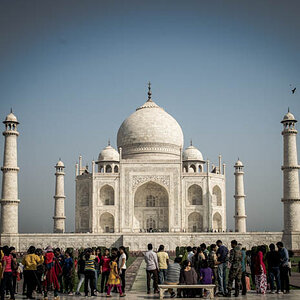
![[No title]](/data/xfmg/thumbnail/37/37536-3578b4f283f738d862be62d896fa52d5.jpg?1619738132)
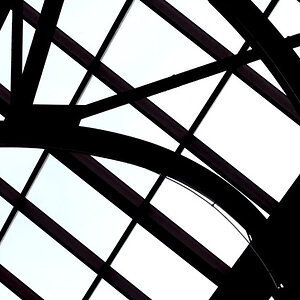
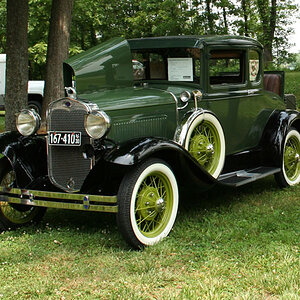
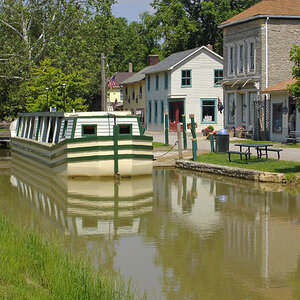
![[No title]](/data/xfmg/thumbnail/37/37603-739c5d9b541a083a12f2f30e45ca2b7b.jpg?1619738147)

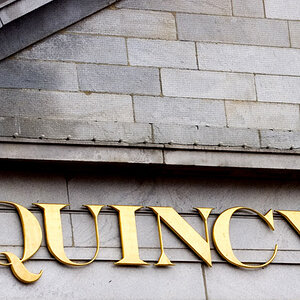
![[No title]](/data/xfmg/thumbnail/37/37605-90c8efaef5b7d1f52d4bf8e7dfd33673.jpg?1619738148)


